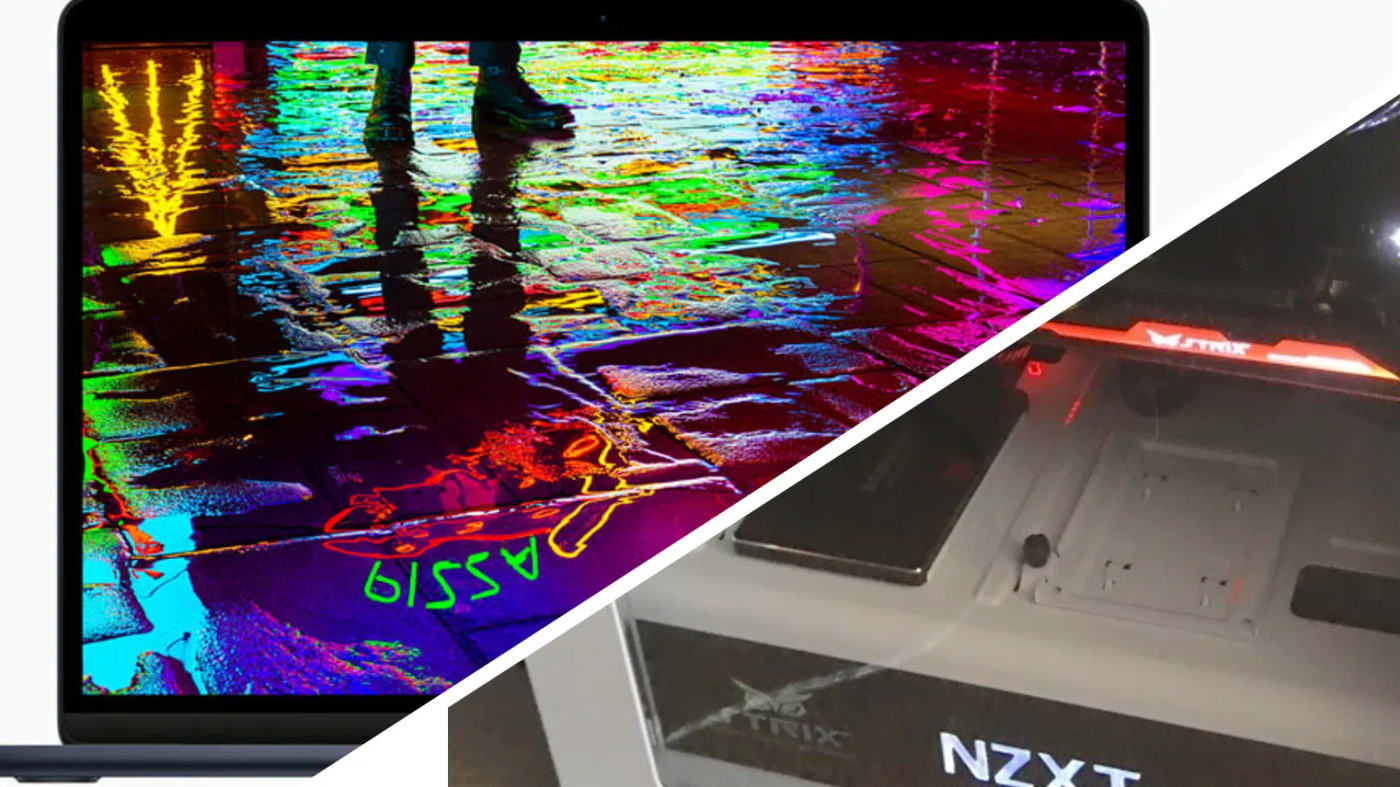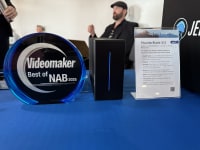From DIY to DIFM: Why Every Mac User Should Build a PC
The only spec'ing Mac users typically do is on the Apple website. But building a PC can teach you how to get the most from your Mac.
Conner Stirling • Aug 24, 2022

The day that I built my first computer is a day that changed my life.
(Wow, how is that for an opening line? )
Although it’s quite a statement, the more I reflect on it the more I realize that it is true. As a lifelong Mac user, I had only ever ordered the most powerful computer within my budget, opened the box, powered it on, and started working. That is the benefit of that kind of system, you turn it on, and it works.
This was not that.
A transformative experience
Eight years ago, I saved up some money while working at my first real industry job at a VFX studio in Toronto. Several weeks of researching parts and reading PC build guides almost drove me to the point of throwing in the towel. It’s a lot of information to absorb!
Luckily a good friend of mine named Dave pitched in to help guide me on my hardware decisions. I spent even more time finding deals online, placing orders, receiving orders, and letting a mountain of boxes pile up in my apartment until eventually I had everything I needed. It was time to build a PC.
I spent the afternoon under Dave’s watchful eye carefully assembling the components in the case. We ended up using bits of plastic packaging to prop up the GPU and used about half of the screws we needed. This thing was far from a perfectly engineered machine, but it was my machine.

The moment I hit the power button for the first time I felt transformed. I had built something. I was a Do-It-Yourself PC builder!
Yes, but…
That computer lasted me 4 years with only a few issues and saw me through some of my first credits as a freelance VFX artist. There really is no greater feeling than building your own tools and then creating more things with that tool. So, when it was time to upgrade, it might come as a shock that I did not go out and build another PC.
In fact, I went and bought myself a brand new 2019 Mac Pro and a 120TB NAS. But, why?
Even though I had the knowledge to build a DIY solution, I had other important things to consider. I needed to focus on presenting myself as a freelance VFX artist and building my roster of clients. What I did not have time for was to be my own IT department while still completing said clients’ projects.
This might come as a shock to some of you but a DIY computer and storage system that you’ve built out of available parts on a kitchen table has the potential to have some bugs or issues that can cause some serious downtime.
The do-it-yourself approach taught me a lot, but ultimately it was time to seek out a DIFM solution.
What is DIFM?
Do-It-For-Me. These are types of products are abundant in the postproduction world. Take for example something like a plugin or a motion graphics template. You could spend hours or even days on YouTube looking for tutorials and experimenting with different methods in After Effects to hack something together.
Your client then gives you some less than stellar feedback that has you starting all over again. Instead, you could purchase a motion graphics template that is close to what you or your client is looking for and make tweaks to get it more in line with your vision. You’ve spent less time, energy, and money on what is an already a complicated and challenging part of the process. This has freed you up to tackle other creative challenges that pop up during your project.
But what about DIFM when it comes to things like workstations and network attached storage? It’s usually cheaper up front to build your own computer with off-the-shelf parts. But that is if the hardware you’re looking for is available to build your own computer and storage. Assuming it is available, a step-by-step build guide for those specific parts might not be. It takes time and research to go down a DIY path that might put you back to where you started.
How DIFM saves you time and money
Solutions like prebuilt workstations and storage are ready to go out of the box with only a little bit of work from the end user. They also come with things like support and hardware warranties that can give you a little more peace of mind. Why does any of that matter?
Because your time and efforts are valuable. Your clients pay for your time to create content and when there is downtime because of a DIY hardware solution, that can take time and money out of your pocket to fix.
Is your workstation or NAS not turning on? If your hardware is under warranty or you have a support plan, then call them and they’ll help walk you through troubleshooting. If something is truly busted, they can then get the process of getting a replacement to you. With a DIFM product, you won’t have to suffer alone and end up potentially missing deadlines on your paid projects.
DIY-ers usually make the transition to DIFM-ers because they have found themselves in that situation. Hardware went down when they needed it most and they had no one to turn to other than a reddit thread and YouTube video from six years ago to help try to solve the problem. In that case, the pain of staying the same has now far outweighed the fear of change. DIFM hardware products can be a cost-effective investment for the long-term success of your business. But if there are plenty of solutions out there, what is the point of even starting off as a DIYer? Should we all just be buying prebuilt systems form the start? I don’t think so.
So, why start with DIY?
Being a DIYer is an important step to finding and critically assessing the right DIFM solutions for you. My biggest takeaway from building my own systems wasn’t that I suddenly had all the knowledge in the world, in fact, I found quite opposite to be true. I had gained an understanding of the process and learned to ask the right questions. When I was looking for a brand-new workstation and storage solution, I was able to outline exactly what hardware I needed based on the work I was doing, make a guesstimate of how long that would last me until I needed to upgrade, and determine what upgrades I could do on the machine myself.
Although it was a higher cost than building from scratch I had an upgrade path, support, warranty, and a little bit of peace of mind. I was able to take on large scale projects where my prebuilt workstation and storage more than paid for themselves as tough work horses. But I would never have gotten there if I hadn’t decided to build a computer on my kitchen table.
Other topics you might like
This Race Documentary is a Masterclass in Real-Time Storytelling
Updated on Apr 15, 2025
Capture Beautiful Photos With This Free, 3D-Printed, DIY Robotic Panorama Head
Updated on Apr 10, 2025
OWC’s New ThunderBlade X12 Awarded Best Desktop Storage of NAB 2025
Updated on Apr 9, 2025
Is Now a Good Time to Make the Switch to Blackmagic’s DaVinci Resolve?
Updated on Apr 4, 2025



